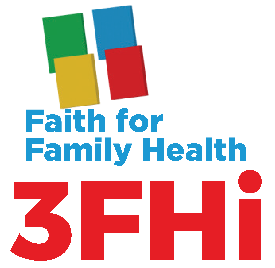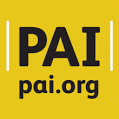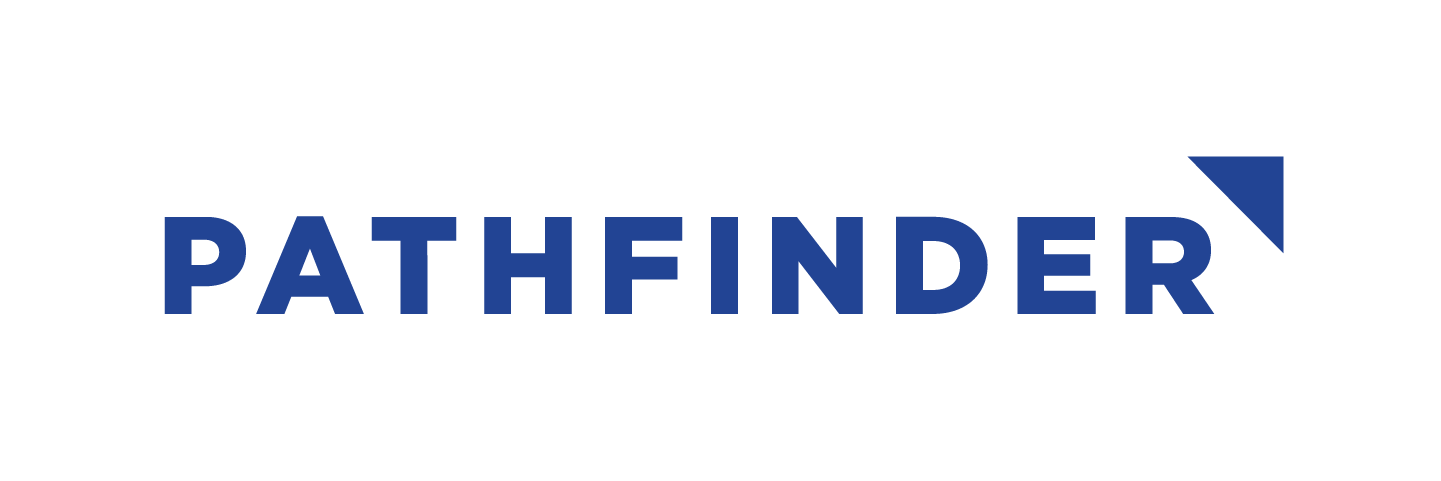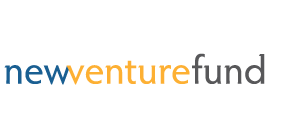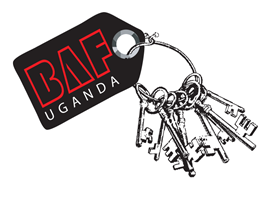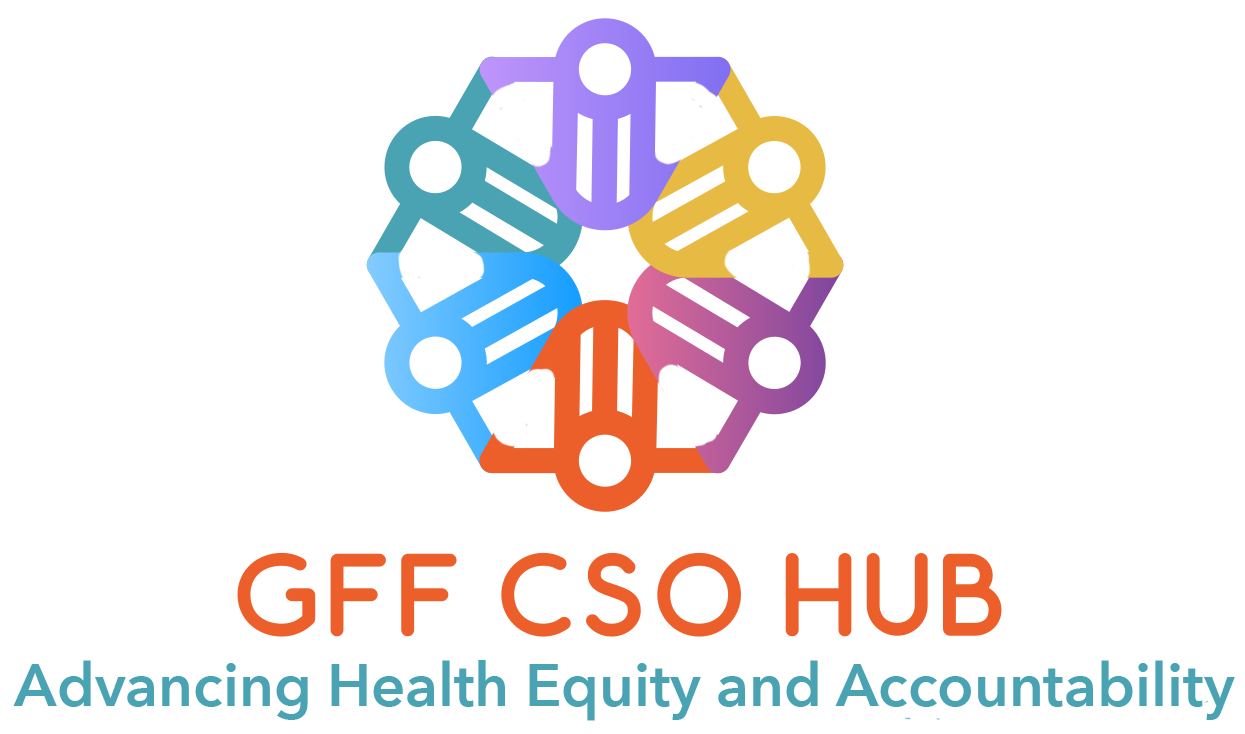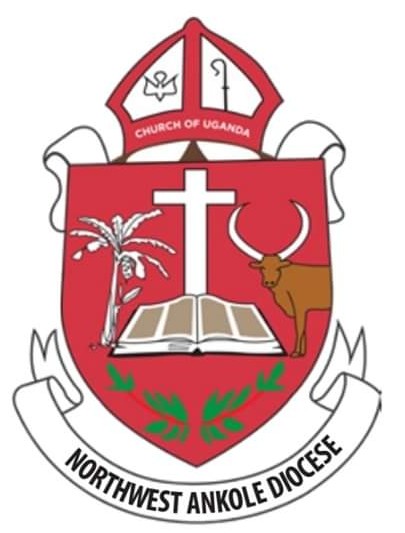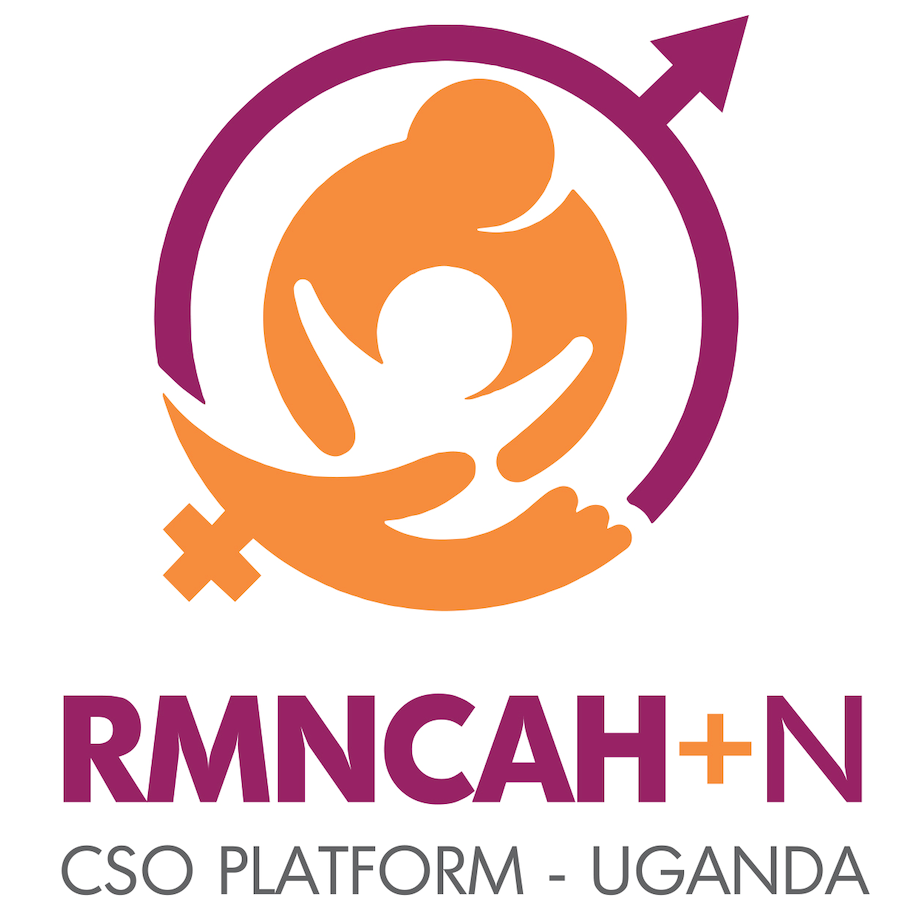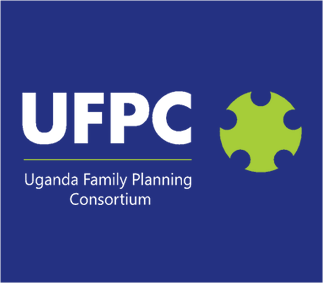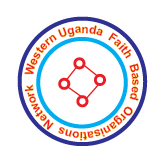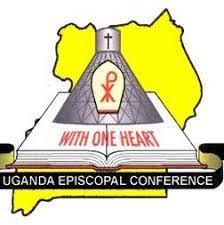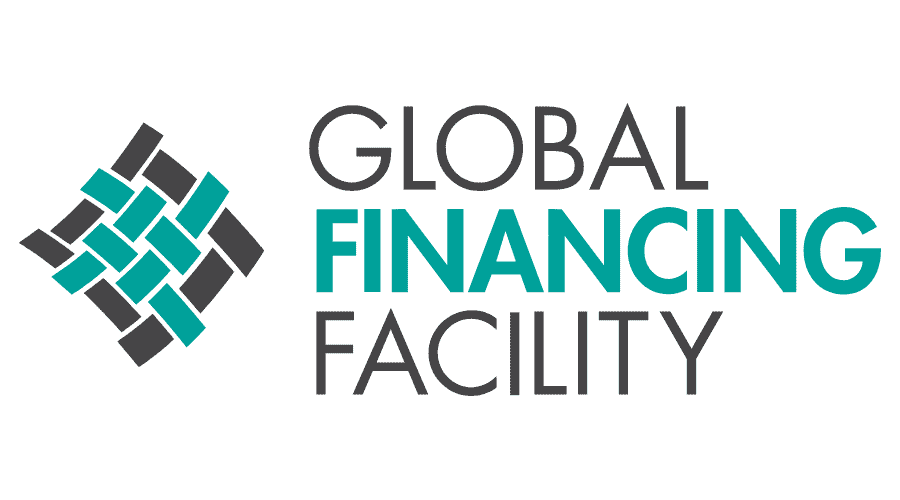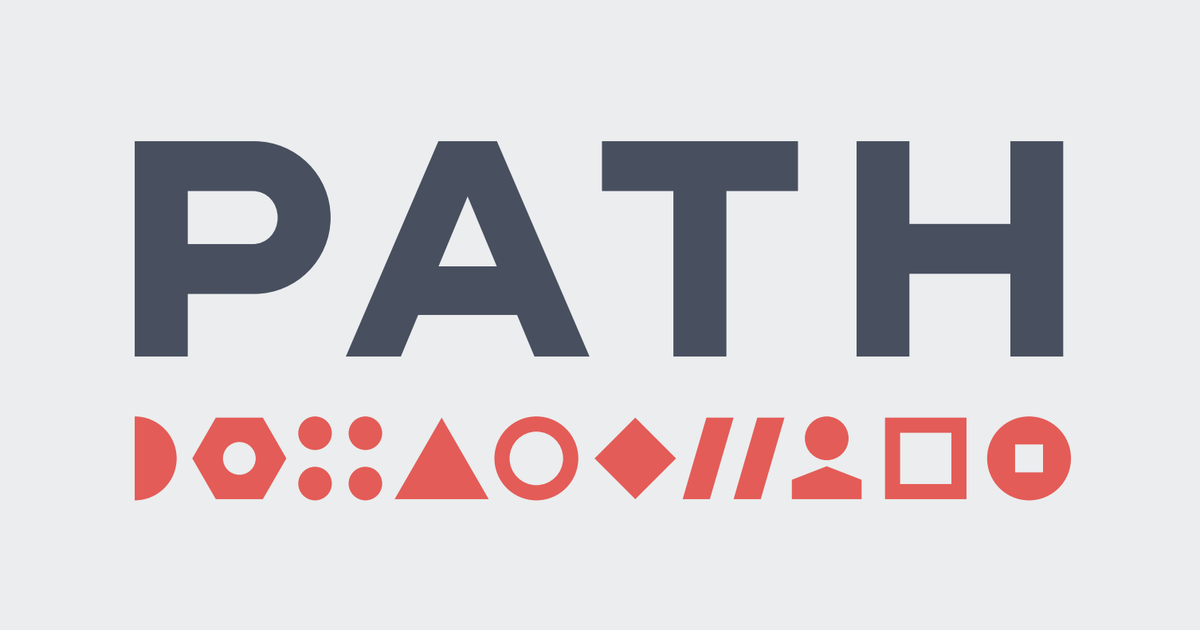
RMNCAH Services

Health Financing

Policy Gaps
Challenge 1:
Disease burden
Uganda is among the countries with the highest burdens of non-communicable disease, HIV/AIDS, malaria and tuberculosis. Other key conditions contributing to its burden of disease are lower respiratory infections, meningitis, peri/neonatal complications and diarrheal diseases.
Women and children are the most affected and bear a disproportionate burden of disease in Uganda.
While communicable diseases remain prevalent, non-communicable diseases are a growing concern. The high disease burden is further complicated by disparities in health outcomes across regions.
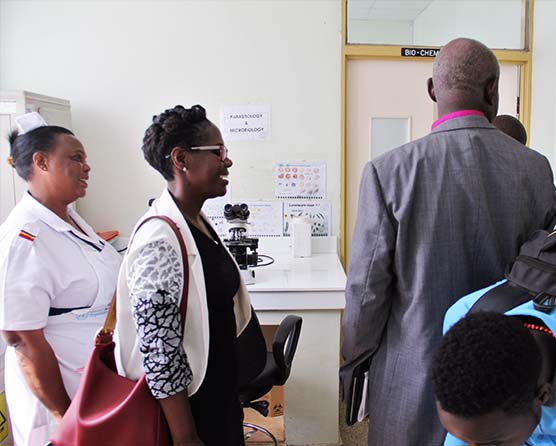
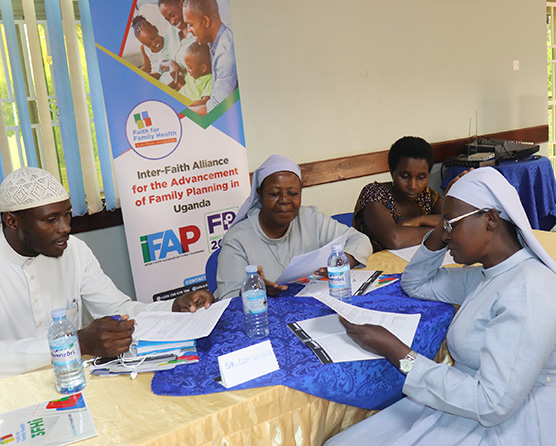
Challenge 2:
Weak capacity among Faith and Religious Leaders (FRL) in project management and accountability engagements
Faith and Religious Leaders (FRL) who a critical sway on governance, social norming and service delivery, lack requisite capacity to perform their functions optimally. They are unable to organize themselves and speak with one voice. They also lack capacity to build alliances with other actors to hold government to account. Often, FRL lack resource mobilization and project management skills.
By and large, FRL are excluded from decision making spaces and processes.
Challenge 3:
Poor adolescent health outcomes including increasing burden of teenage pregnancy
In Uganda, as in other parts of Sub-Saharan Africa, adolescents face severe challenges to their lives and general well-being. They are vulnerable to early and unintended pregnancies, unsafe abortion, female genital mutilation (FGM), child marriages, sexual violence, malnutrition and reproductive tract infections including sexually transmitted infections (STIs) as well as HIV and AIDS. Drug abuse, early sexual debut, lack of contraceptives and violence are burdens that the average
Uganda adolescent confronts today, and some carry these nagging loads into their youth.

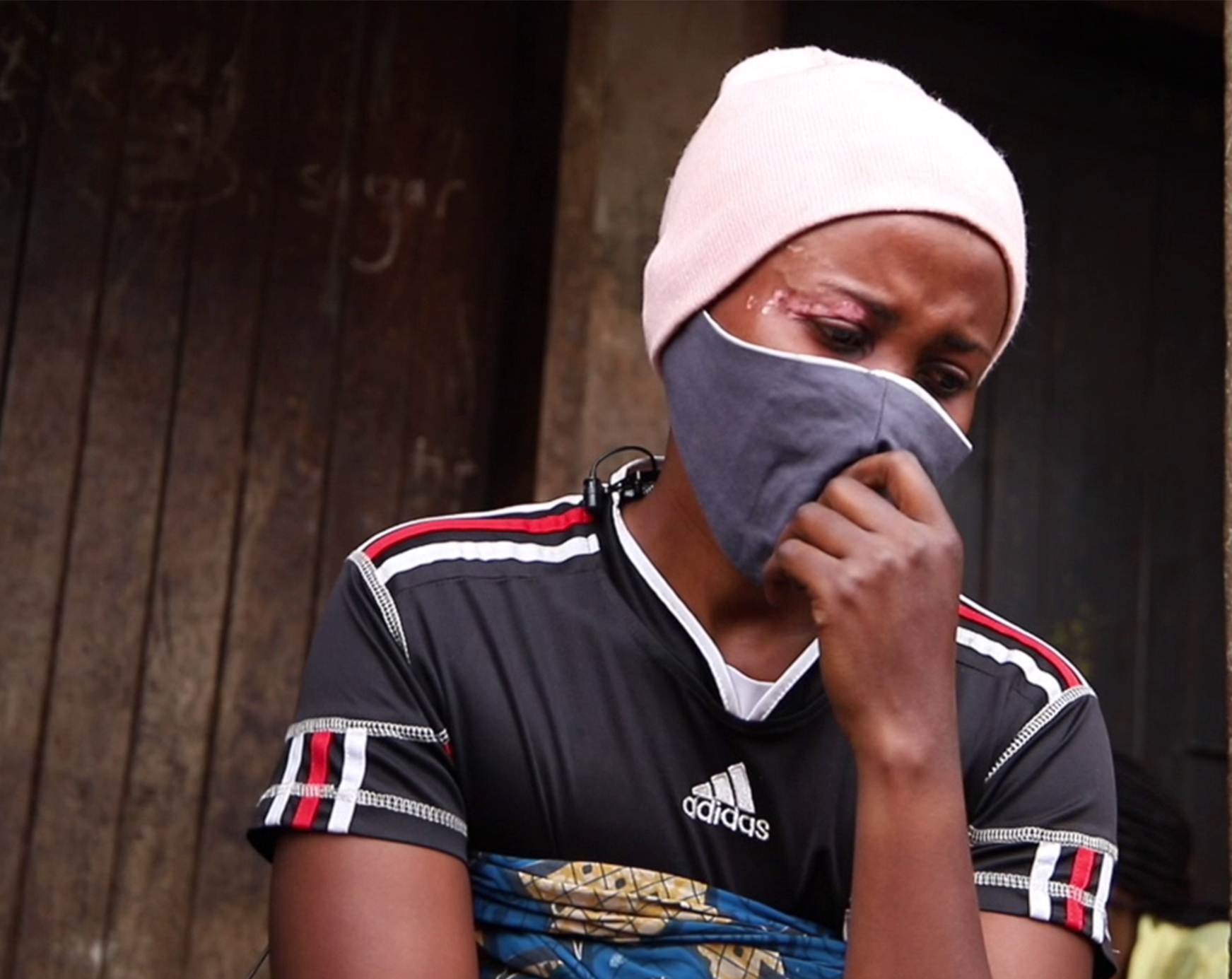
Challenge 4:
Worsening indicators for Gender Based Violence.
In Uganda, just like many other countries in Africa, girls and women experience various forms of abuses. Those living and residing in urban informal settlements, refugee settings and fishing communities experience various forms of abuse including rape, gender-based discrimination and exploitation. There are clear indications that these abuses often coexist with other risky sexual behaviours like an early sexual debut and multiple concurrent sexual partnerships.
Opportunities for women to acquire skills, earn a living, grow their business and pursue other economic activities are comprised by repressive policy and structural environment.
Challenge 5:
Increasing poverty and house-hold destitution
In Uganda, the majority of the population (80 percent) live in rural areas where poverty is prevalent (22.8 percent compared to 9.3 percent in urban areas). In addition, a large share of the population (43.3 percent) remains highly vulnerable and at a risk of falling back into poverty. While the gross domestic product (GDP) grew at an average annual rate of 4.6 percent.
Although the structure of the economy is gradually changing, the majority of the population (80 percent) rely on low-paying jobs in the agriculture sector, employed mainly in subsistence farming, which contributes to 25 percent of the GDP.


Challenge 6:
Low access to health care
Households in Uganda significantly rely on out-of-pocket payments (OOPs) for health accounting to 41 percent of total health expenditures compared to Government contribution of 17.4 percent. Absence of Universal Health Coverage, which is anchored on National Health Insurance Scheme (NHIS) exposes households to catastrophic spending on health in general and RMNCAH in particular. Each year, about 1 million Ugandans are pushed below the poverty line as a result of paying for health care.
While the government has piloted voucher schemes and implemented small scale community prepayment programs, these efforts need to be scaled up and additional public financing mobilized to reduce high OOPs for health.
